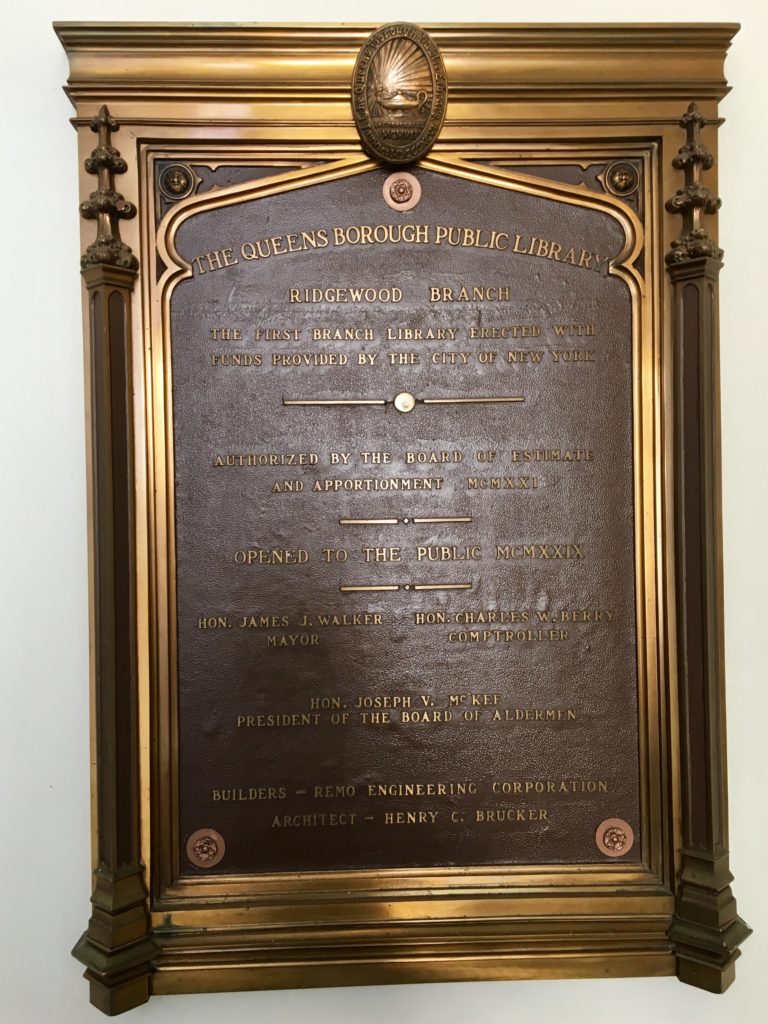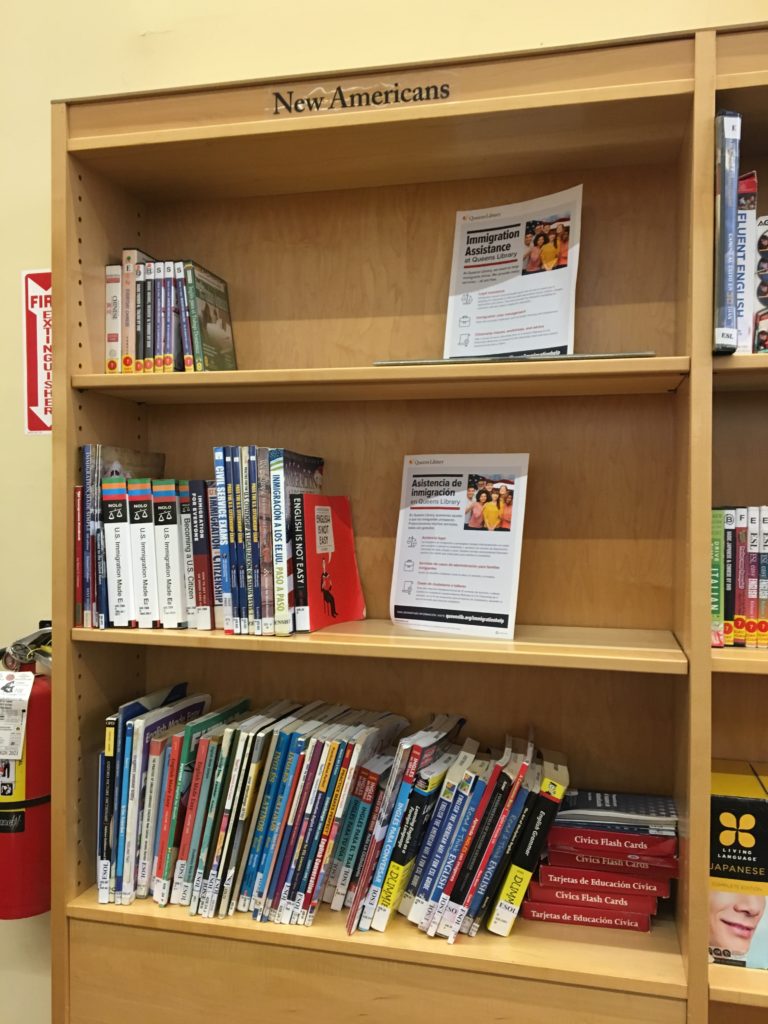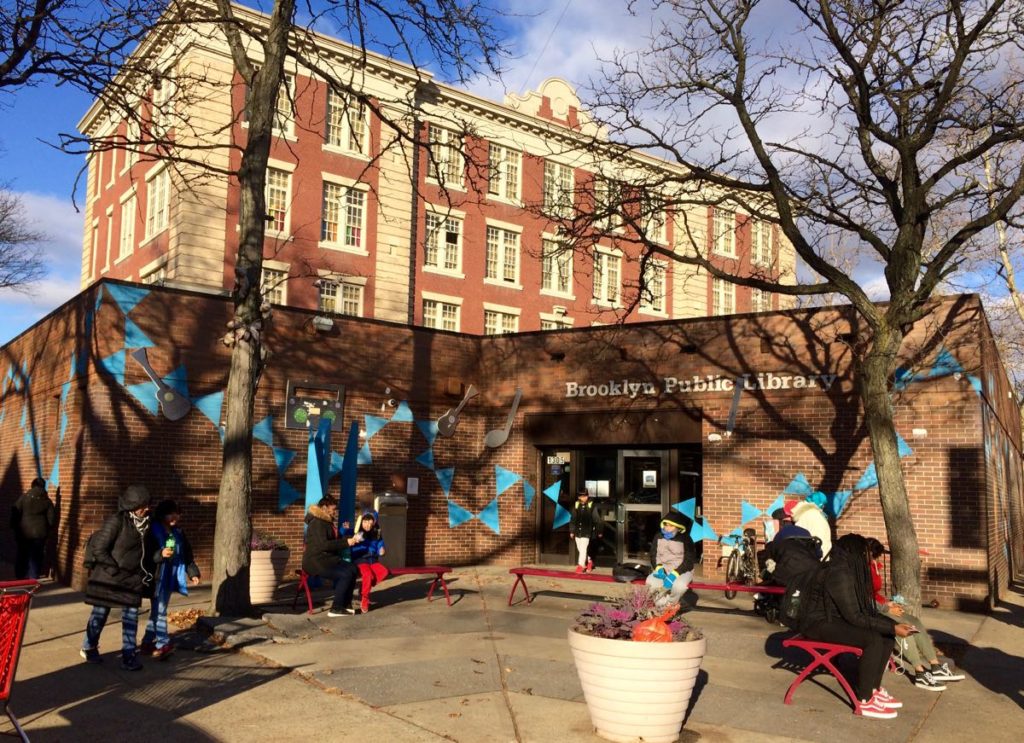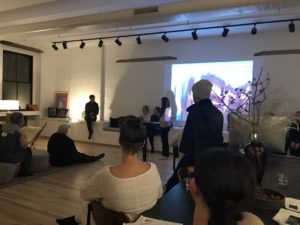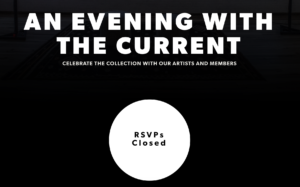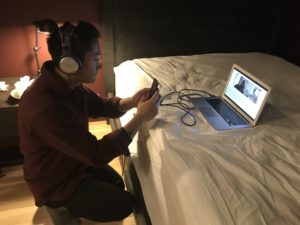The public library has played the role of a site of respite for my family, dependably familiar and inviting for us and countless others. This space, the children’s section of the library in particular, has inspired my venture into the study of information science. By entering the library, children and their caregivers are able to enter into a safe and cost-free place to engage and begin to form a relationship with literacy and community.
My budding interest in information science enticed me to return to this city that I adore, New York, to study libraries and information science. An unfortunate but temporary consequence of this transition is that the vast children’s book collection we have accrued and weeded over the course of my daughter’s young life is currently spread out between three different storage locations for the time being. Even had we been physically close to our beloved books, my daughter and I our simply huge fans of browsing and borrowing to our hearts’ content, a habit we formed early on and continue to nurture. Since our very recent arrival to the city, we have slowly begun to explore a handful of libraries throughout the five boroughs.
One of the contenders for a favorite children’s section is the marvelous and massive Main Branch in Manhattan, or, as it’s known by my daughter, “the library with the lion flag.” She’s not wrong. A single stone lion is, in fact, the library’s official mascot, and I have become very acquainted with this lion. What follows is a brief chronicling of my relationship to the NYPL children’s section: a lion, a witch, and a wardrobe.
A Lion

One lion accompanied by another, a pair of huge, imposing lions carved out of stone, oversee the masses below on New York’s Fifth Avenue, seemingly standing guard at the building’s scenic East-side entrance. A mirror image of the two felines is also replicated inside the children’s section, composed entirely of slate gray Legos.
In my eyes, even their Lego incantations seem to emit an aura of nobility. Interestingly enough, they were given virtuous names, Patience and Fortitude, by Mayor Fiorello La Guardia amidst the Great Depression. The mayor’s reasoning was that these symbolic statues might inspire these qualities in the struggling citizenry during this challenging era. Today, visitors travel from far and wide to catch a glimpse or even a photo alongside this notable duo.
A Witch
The witch in this case uses her powers for good. Her role is more akin to that of Glenda of Wizard of Oz fame than that of the Wicked Witch or icy villain of Narnia. She is a public librarian. Like Glenda, the public librarian gently guides library patrons by listening to and interpreting their needs and providing a nudge in the right direction. Patience and fortitude are just as necessary for the librarian to embody as much as the next person.
Librarians do not stand guard at the doors of the library as the large and lofty lions do, but they are also like guardians in many ways, for civic service is no easy feat. Often librarians today find themselves playing the roles of counselors, social workers, advisors, and are assumed to be experts on any number of bodies of knowledge. Though they are not human computers, they are rather exceptional figures in their own way.
On a given day, the children’s librarian at any branch in the NYPL system could be leading a preschool story time for kids aged 3-5, which includes reading books, leading the group in song, engaging the crowd in some sort of hands-on crafting exercise, and otherwise expertly facilitating a bustling room full of toddlers and their caregivers, all within the span of an hour or so. Librarians plan programs, provide services, teach, listen, and so much more. How they manage to fit this all into one person’s job is as close to magic as something could get!
The same, of course, could be said for librarians all over the country, from branches big and small. Their communities, however, are unique and individualized, and each library branch has their own special charms. I just happen to especially adore the NYPL Main Branch and its magical and benevolent witches, as have countless others before me.
A Wardrobe
In a tiny corner of the children’s library in the central NYPL branch is a miniature puppet show station. With free play, the children can choose to alternate between the roles of puppet master and audience member as they please. The liminal spaces of the library provide a gateway to magical experiences, indeed, for people of all ages. In the first C.S. Lewis tale with its introduction to Narnia, the wardrobe functioned as a portal into a different world. It could also be said that books, in their many forms, can open up a gateway into new dimensions for anyone who takes the time to engage with them.
Books can certainly be enjoyed from the comfort of one’s home, but there is something magnificent in the ordinary children’s room of a public library. From a child’s perspective, one can only imagine the magic and wonder that are evoked from hearing an entrancing story told by someone other than their guardian. The librarian themself might be just the point of entry needed to transport a child into the world of literacy. Their children’s room, when all works as planned, serves to act as a kind of magic wardrobe, transfixing and transporting young minds to new and thrilling environments.
Or so I would like to believe! As I have only begun my studies, I have much to learn, but if there’s one thing I am sure of, it is that we could all stand to use a little magic, patience, and fortitude in our lives. And thus concludes the short chronicles of NYPL kid’s services: a lion, a witch, and a wardrobe, as told by a mother and aspiring public librarian.
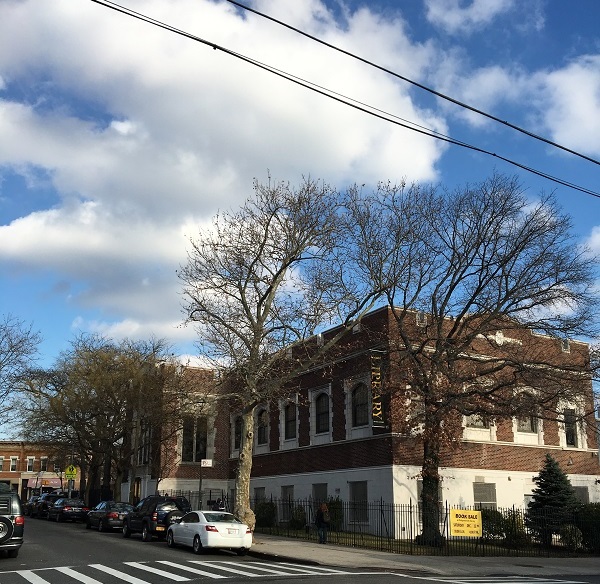 This week, I visited the Ridgewood Community Library, a branch of the Queens Library. Even though this is my neighborhood library, I had never spent time there except to pick up books I’d had transferred. The library is a fairly small branch housed in a beautiful brick building built in 1929. It was the first branch of the Queens Library to be constructed with funds from the city rather than from Andrew Carnegie. Renovated most recently in 2011, the library is fully accessible, with elevator access to every level. It is clean and well lit, with lots of natural light on the main level.
This week, I visited the Ridgewood Community Library, a branch of the Queens Library. Even though this is my neighborhood library, I had never spent time there except to pick up books I’d had transferred. The library is a fairly small branch housed in a beautiful brick building built in 1929. It was the first branch of the Queens Library to be constructed with funds from the city rather than from Andrew Carnegie. Renovated most recently in 2011, the library is fully accessible, with elevator access to every level. It is clean and well lit, with lots of natural light on the main level.